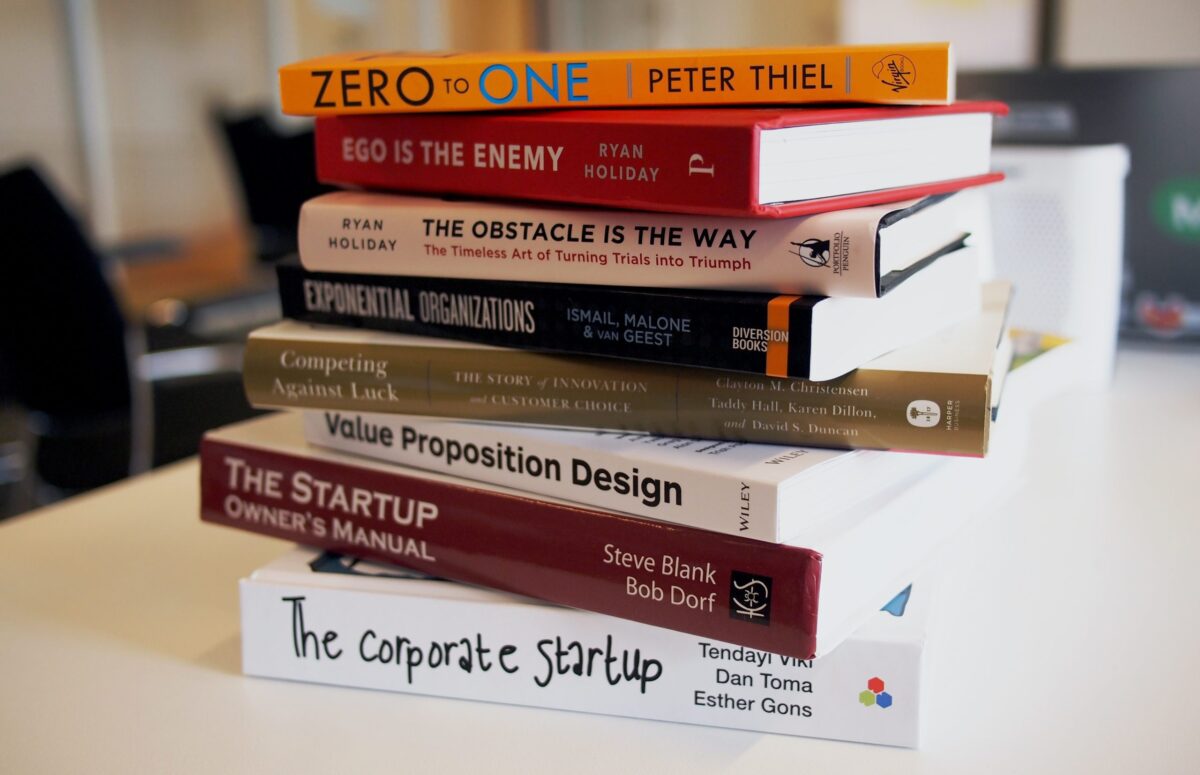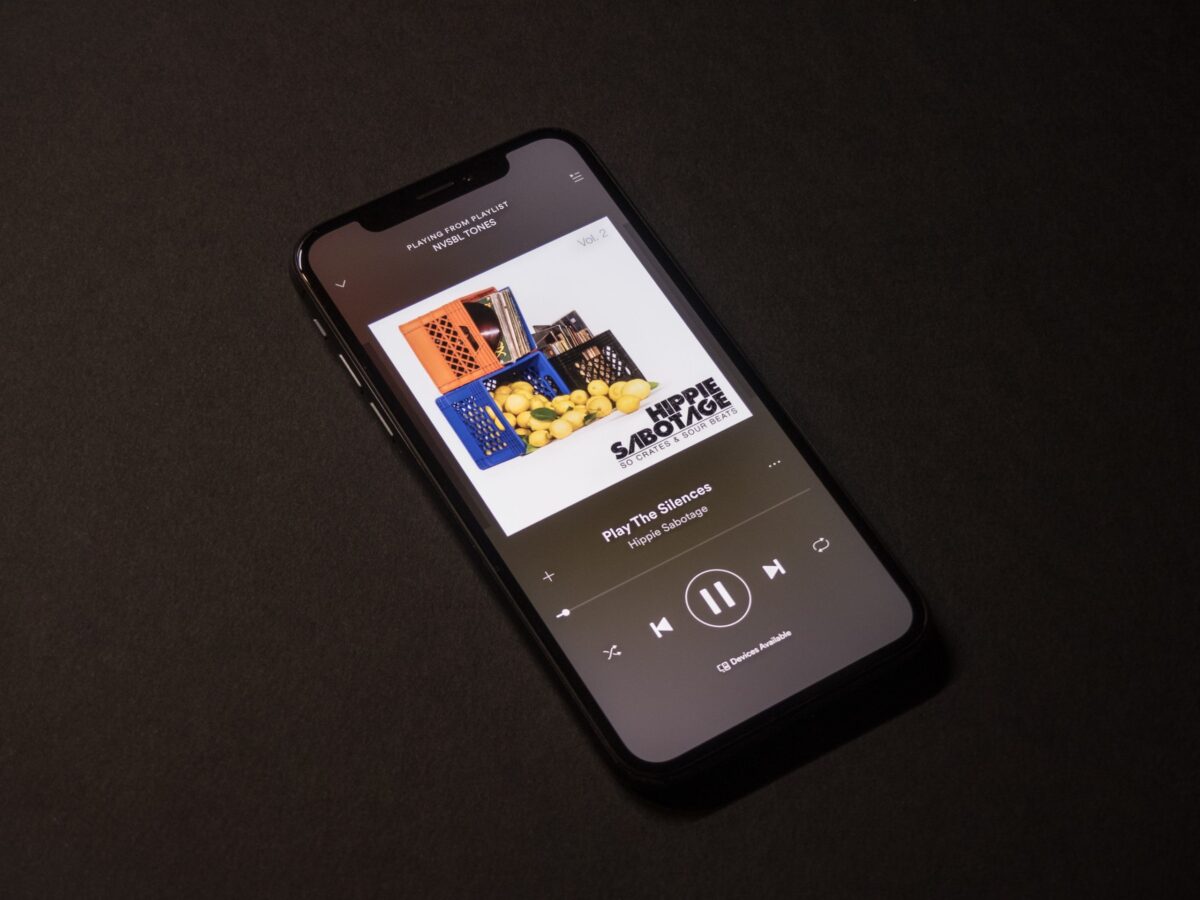
As one of the few experts who only preaches what I practice – and what has worked for hundreds of our clients – here’s the real deal on the 7 key strategies that need to be firing on all cylinders for your business to grow.
It’s about pie – more on that in a minute…
Questions I get from smart cookies like you all the time:
- David, what does it take to gain pre-eminence in my market?
- How can I become the go-to person in my topic/niche?
- Why am I still wrestling with the feast-or-famine revenue roller coaster?
- How can I set and get premium fees when clients are tight with budgets?
- How can I expand my reach, grow my list & build my platform?
- How can I recession-proof my business so that I make money regardless of the economy and industry ups and downs?
- I’m plenty busy – why aren’t I making more money?
All these questions have their answers hidden in one of 7 key areas of your thought-leadership pie as a consultant, speaker, coach, author or independent professional…
Let’s explore each one – and see how you can tune, tweak, and improve anything that’s missing, not performing, or could use a major overhaul in YOUR business…
1. Speaking – obviously, this is our area of expertise. Having a solid speaker marketing strategy is vital to help you gain visibility in front of audiences who matter (aka buyers and decision-makers); generate leads for your back-end professional services; and generate significant revenue in paid professional speaking fees for your workshops, seminars, keynotes, trainings, workshops, and private events. Speaking is one of the most powerful lead-generators and revenue-generators in your expertise-driven business.
But how do you scale this above and beyond the audiences you can reach through live speaking? The next pie slice has your answer…
2. Online Courses – The most successful experts, speakers, consultants, and coaches are embracing the power of online courses, e-learning, and digital distribution methods for their expertise. The first benefit here is pure scalability – your business can reach thousands (or tens of thousands) of ideal customers, prospects, and buyers through the power of online courses. As a source of revenue, online courses are hard to beat because you create it once – and get paid over and over and over. This allows you to create a freedom-based business where your value is no longer tied to your personal time, attention, and presence. Jackpot!!
But now how do you reach those thousands of eager prospects, buyers, and decision-makers?
Let’s look at the next piece of the pie…
3. Webinars – The day I fully embraced webinar marketing back in 2012, my entire business – heck, my entire life – changed dramatically. We are living in an “Attention Economy” – meaning, when it comes to getting clients, you first need to earn their attention and only then do you get the chance to earn their money :o) The #1 best way to deliver massive value to your subscribers, fans, followers, prospects, and buyers is with content-rich webinars that teach actionable strategies, tactics, and tools. You need to be radically helpful and radically generous. This is what converts strangers to friends and friends to prospects and prospects to paying customers who love you, buy, repeat, recommend, and refer like crazy.
But webinars presented here and there sporadically and without a clear strategy are not going to do the trick. So you need…
4. Funnels – A marketing funnel is simply a fancy word for a programmatic sequence of touchpoints – emails, videos, blog posts, webinars, PDFs, and other helpful communications – delivered in a specific sequence to a specific subset of people specifically interested in a certain one of your products, services, or programs. A marketing funnel is your lifeline that keeps you connected to prospects who are at various phases of the buying cycle – from merely interested in the topic (browsers) all the way to committed to investing in your solutions/services (buyers). A well-designed marketing funnel will take a cold lead from initial contact to signed contract in a predetermined sequence designed to both add value, and extend offers and invitations to your relevant investable opportunities. Without a marketing funnel in place, you will never get off the “feast or famine” revenue roller coaster. And worse, you risk alienating people who are NOT interested in buying today while completely missing out on sales to the hot prospects who are ready to buy right now.
But what about long-term stability and predictable revenue? The best way to share your expertise and gain this benefit is…
5. Consulting/Coaching – Having longer-term engagements on your service menu – such as 90-day coaching packages or year-long consulting programs or monthly facilitated mastermind roundtables – is a great way to increase your impact on client results. Remember, people don’t really value transactions – but they VERY much value programs and services that deliver transformation. And delivering results over a sustained period of time is the best way to guarantee your clients’ success. Because of the greater depth, breadth, and duration of these engagements, it is much easier to get premium fees from premium clients who are deeply committed to the transformation you offer that will get them the results they truly want. These longer-term engagements also provide the foundation of your financial stability because the income is significant and ongoing.
But then how do you capture “lightning in a bottle” to let all the folks who can’t afford your consulting or coaching know you are the real-deal resource who can help them when they’re ready to transform?
6. Publishing – One of the best ways to do this is with publishing a nonfiction business book based on the expertise you already have. Writing, publishing, and promoting a business book that captures your methodology, training, and tools is an outstanding way to build your platform, expand your reach, and establish your authority as the “go-to” expert in your specific topic, niche, or industry. After all, you “wrote the book” on it so you must be a highly credible expert. And – some tough love coming up here – your book needs to be excellent. Not just good or very good, but truly great. It does NOT need to belong – in fact, the bestselling business books of all time are less than 120 pages in a small 5×7 trade publishing format. But just writing a book for the sake of having a book (and a crappy one at that) is definitely not going to help promote your expertise. That’s why the book needs to be marketed, launched, and sold for the long-term impact it can have on your professional success.
And what makes all of these components really take off? It’s about how you articulate and distinguish them with your messaging and packaging, which means you need to master…
7. Copywriting – Copywriting has nothing to do with patents, trademarks, and copyright notices ;o) “Copy” is written content conveyed through online media and print materials. Copywriting is one of the most essential elements of effective marketing and successful selling. It is the art and science of strategically delivering words (whether written or spoken) that get people to take some form of action. Good copy resonates with the reader and is relevant, valuable, attractive, and effective in communicating the value, impact, results, outcomes, and emotional payoffs tied to investing in and benefitting from your products, services, or programs. The better you are at copywriting, the more prospects, leads, and sales you will generate because you’ll be able to quickly get your prospects to “get it, need it, and want it” when considering buying from you.
Bam!! There you go.
If you want some guidance on how to put these exact pie slices together for YOUR business, check out https://www.expertprofitformula.com/





















